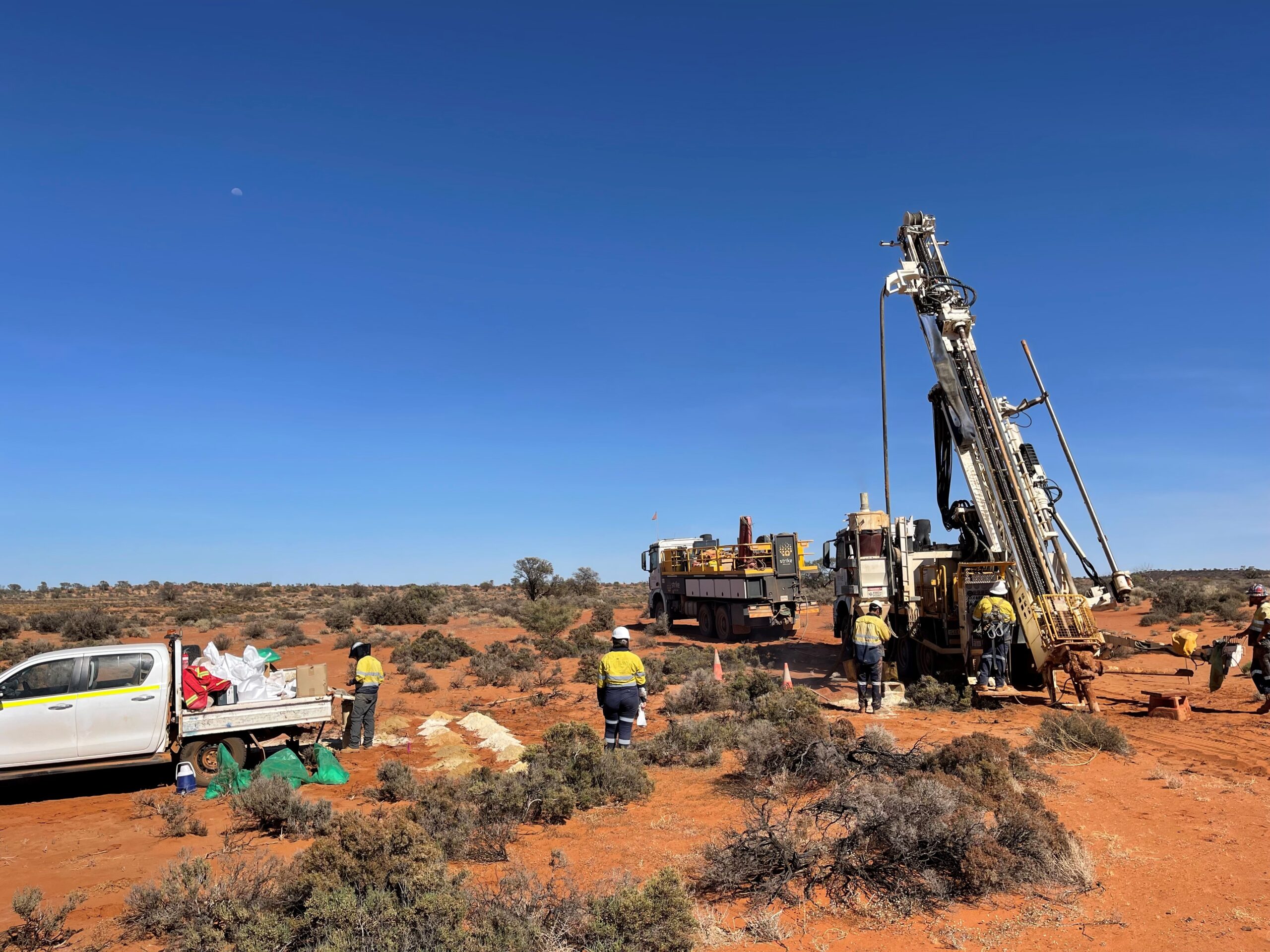I don’t want to sound dramatic, but there have been times over the last few years when I wondered if the exploration industry model as we know it is broken and set for the biggest change in a generation.
Commodity prices have rarely been higher. Gold is the obvious standout but even traditional base metals and iron ore are trading at large premiums to historical averages. Lithium, rare earths and other exotic critical minerals are more in demand than ever.
Despite all this, the traditional exploration sector continues to lag the established producer segment of the market.
My formative years at Paydirt were during the big commodity super-cycle of the late 2000s. In those days, not even a GFC could disrupt the good times. Hundreds of juniors were able to raise capital and increase share prices on the back of modest-to-fair exploration stories. West Perth – the heartland of Australia’s exploration industry – was buzzing. Office space was at a premium, the likes of Julio’s, Black Tom’s and Perugino’s full every lunch and dinner.
Any uptick in commodity prices would run directly into a boom period for the exploration sector.
Today, we see nothing of the same vibrancy. West Perth office buildings are unoccupied, drillers have rigs parked and share prices are going sideways at best for the vast majority of juniors.
All this despite commodity prices – and gold in particular – being where they are.
So, what is the big disruption? I would argue there isn’t a single event, instead it is a function of the AI creep we have seen in so many aspects of life.
Investment markets are increasingly dominated by ETFs and other passive funds, which can make life very difficult for juniors. Not only does the rise of ETF result in the pool of high-risk capital shrinking, it means there are fewer people who understand the industry and its unique business and economic models.
This is not good news for exploration companies, where the traditional model is to identify undervalued assets (either greenfields ground or neglected projects) and build an investment case around your ability to create value.
It is part science, part business acumen, part marketing showmanship.
In the modern world of passive funds, this job is more difficult. The continual shrinking of high-risk investors backed by teams of analysts prepared to evaluate every aspect of a company means some have fewer humans to pitch their investment case to. Computers don’t see “blue sky potential”. You can’t buy an algorithm a corporate lunch and sell it a vision or invite every online retail investor to a site visit.
At the same time, traditional banks have tied themselves in knots over compliance, green strategies and various other agendas. I’m no anti-woke crusader – I think it is a genuinely good thing that the world is more enlightened and is considering well-being as equal to profits – but traditional financiers are still struggling to strike the balance between financial assessment and the new sustainability-related expectations. They went all-in on sustainability in the immediate post-COVID period, only to find returns suffered accordingly, resulting in a correction this year.
Until the banks can marry the two, the pendulum will swing wildly between green-backed and greenback for years to come.
Despite all this, we still require more discoveries to fulfill rising commodity demand. Into this space we have seen state actors and private equity arrive, further disrupting the traditional financing models.
Companies are now chasing low-interest loans from export credit agencies and grants from critical minerals facilities but these pools of funding are focused almost exclusively on critical minerals projects in advanced development, meaning early stage precious and base metal explorers are locked out.
All of it begins to add up to some Orwellian exploration dystopian nightmare where government-backed AI tells the industry where to explore, taking the geologists, the entrepreneurs and the project builders out of the equation.
Then, I flick through the past decade of Paydirt and realise I may have got it all wrong.
The period has seen discoveries such as De Grey Mining’s Hemi (which Northern Star Resources Ltd paid $5 billion for this year), Chalice Mines Ltd’s Gonneville nickel-PGM-copper-gold deposit and WA1 Resources Ltd Luni niobium project, all in Western Australia. Spartan Resources Ltd and Bellevue Gold Ltd have reimagined brownfields settings to deliver millions of ounces of gold and billions of dollars of value, while international players such as AVZ Minerals Ltd, Leo Lithium Ltd and Patriot Battery Minerals Inc have made world-class lithium discoveries.
The expense accounts may not show it these days, but it could be we are in a golden age of discovery.

